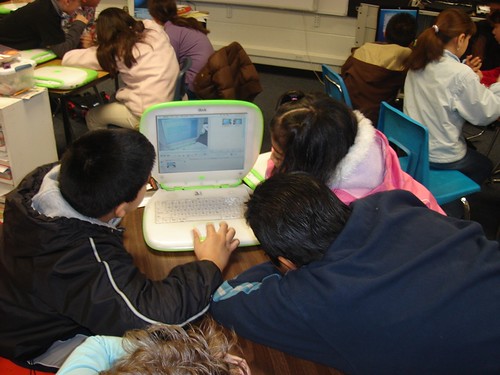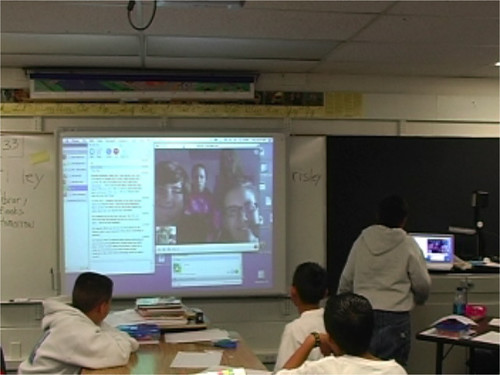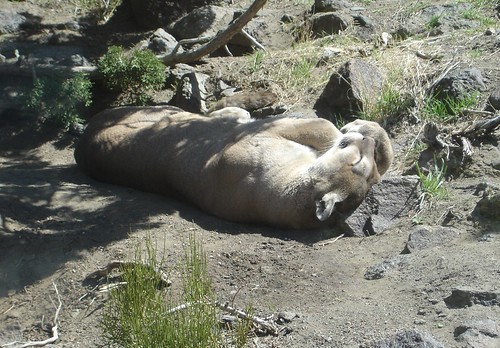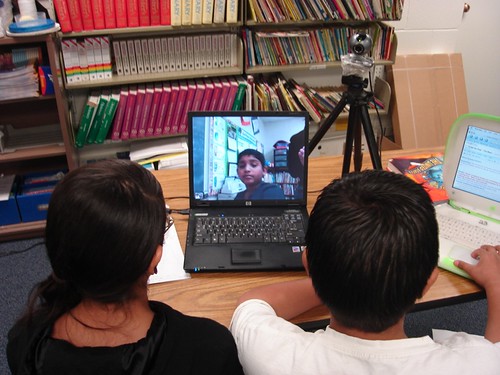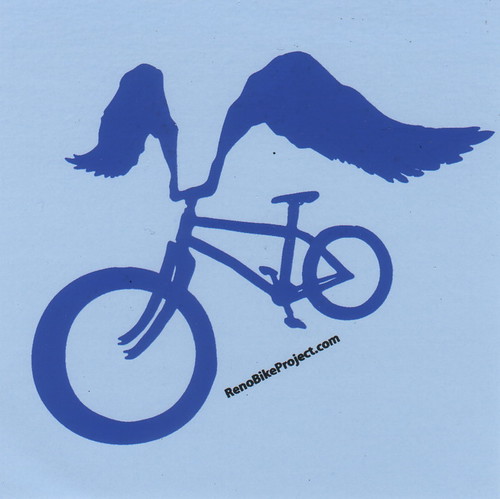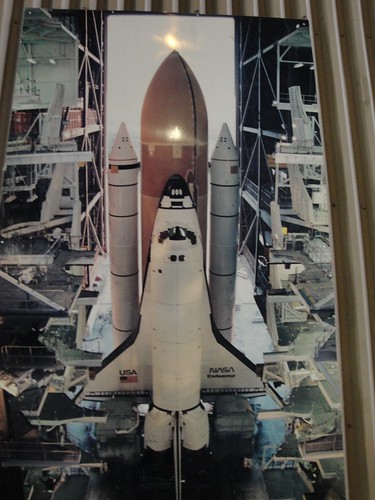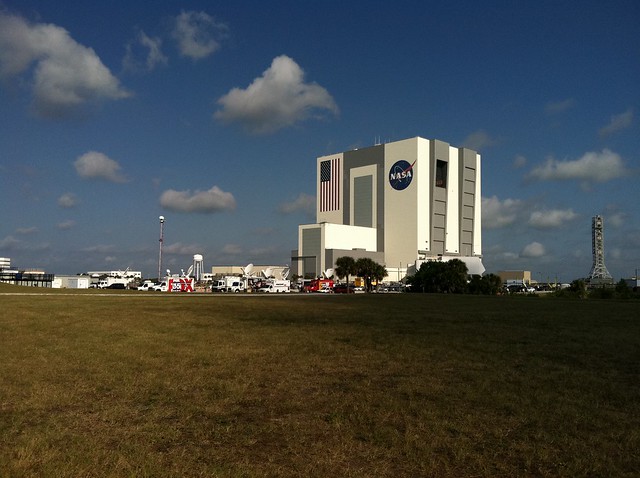Over the years I’ve posted about lessons and activities I’ve used successfully to start off the year. Here are some of them in case they help:
1) “Getting To Know You” is how I started my year with my students that not only was successful and getting them to know each other better, but was a great way to end up with my first seating arrangement for the year, and starting to teach them how to support and include each other.
2) Write It! is a writing game that I originally learned in a writing inservice class. Not only is it great at getting students to write, it also familiarizes them with each other’s names AND THEN becomes a great way to scaffold them writing quality blog comments. I did not share the blog comments piece in the original post, so I’ll do so here. Go read the original post first.
After your students are very comfortable playing the game and writing blog posts, use the format of the game to have your students write quality comments on blogs. When my students first blogged many would leave comments like, “Nice post.” OR “I liked it.” OR WORSE: “nice poste” OR “i lickd it” with no punctuation – that would be the entire comment. Then one day I thought to use the game as a scaffold. I’d explain that when they left blog comments they had to start (just like the game) with a “nice comment” like, “Your post was interesting to read.” OR “I like how you describe things.” OR just whatever. Next they could write anything else – perhaps sharing a connection to the post or a general comment, BUT they had to leave a question at the end (just like the game).
Why? Because it made them think about what they read, it required them to analyze something about the post to praise, and by asking a question at the end (along with a link back to their own blog!) it encouraged a conversation. I especially encouraged students to find posts that connected to something they had posted themselves – “Nice post about your new kitten. I don’t have a cat, but I wrote a post about my Grandma’s dog you might like. Here’s a link to it. Do you have any other pets?” – Have your students comment on your own class blog at first so you see how they are doing, then let them loose on other class blogs.
3) Baseline – is a post for those of you that get started blogging fairly early OR take some kind of a baseline writing assessment at the beginning of the year. For years we were required to get a baseline example of writing to chart growth during the year’s benchmark writing assessments. I would have the students type up that assessment without correcting any mistakes they noted – then we had an archive of a baseline piece right on their blog. Sometimes we would come back to that piece, cut and paste it into a word processor and re-write. Students would chuckle at the mistakes and lack of grammar, or perhaps realize they were much better now at word choice and describing than they were. Great way for them (and everyone else) to see growth.
Well, that’s all for now.
Learning is messy!






